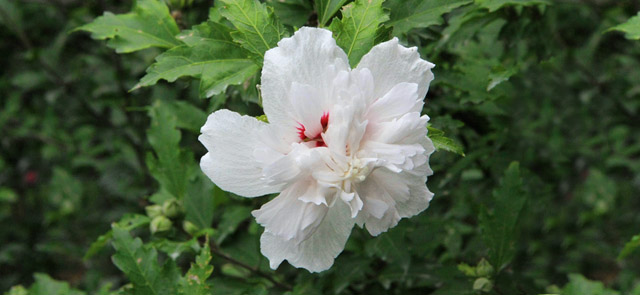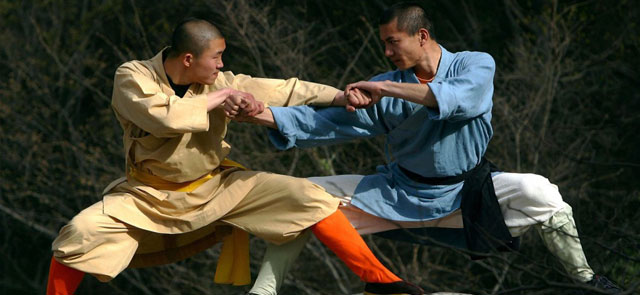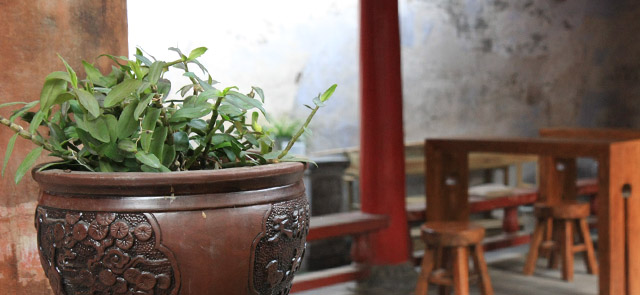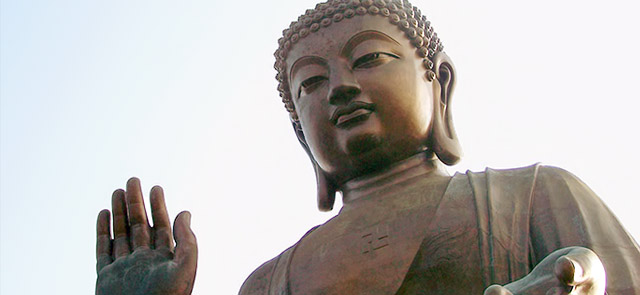If an individual is consistently virtuous, he is apt to readily elevate his psyche to a nobler status when practicing sitting meditation. But if an individual has been leading an inexcusably sinful, immoral, or blasphemous life, doing sitting meditation would not lead him anywhere, however fervently or for whatever length of time he would be at it.
Nowadays it is an often discussed topic among practitioners of self-cultivation that how much progress each of them has made in practicing sitting meditation. And they are in the habit of measuring the progress made by each of them in terms of the name of the “realm” or in terms of the ordinal number of the “Dhyana”. But suchlike discussions are all humbug!
The progress made by a practitioner in self-cultivation can be measured or evaluated only in terms of the moral dimensions of the aggregation of the meritorious deeds he has performed in his everyday life.
When a practitioner would exert to the utmost to execute his self-cultivation in whatever circumstance that occur in any aspect of his everyday life by doing all kinds of good deeds, practicing hard to acquire the thirty-seven bodhipaksika, and practicing the six paramitas and observing all the commandments and disciplines, it would be evident that the motive activating his exertion is not exclusively for seeking physical rewards or blessings from any external sources.
And the kernel of his motive must be a firm aspiration towards “purging his psyche of all spiritual impurities”.
A lot of practitioners believe that the only path leading to “purging his psyche of all spiritual impurities” lies in either practicing Dhyana meditation or chanting the name of the Buddha and contemplating virtues and meritorious deeds of the Buddha. But I don’t think so. I believe the phrase, “purging one’s psyche of all spiritual impurities”, is semantically on a par with the adage, “steering (yourself) clear of the possibilities which are to lure you into any evil practices and striving to do anything that is beneficial to others”.
The essence of a practitioner’s self-cultivation is well indicated by the purport of the adage, practicing which ought to be the best part of a practitioner’s self-cultivation, whereas “doing seated Dhyana meditation or chanting the name of the Buddha and contemplating virtues and meritorious deeds of the Buddha” remains just an auxiliary approach.
I am aware that a great number of practitioners are wont to underestimate the dimensions and weight of the adage which is completely in line with the cardinal guiding principle of the Chan Order as revealed in Platform Sutra of Hui Neng, the Six Patriarch of our order. The cardinal guiding principle says that “adhering to the right line of conduct is tantamount to strenuously pushing ahead with a Buddhist Chan self-cultivation program.” Furthermore the purport of the adage is also completely the same as that of the adage in the Buddhist Canon that “all precepts are didactic in nature”. In the case of a Chan practitioner, his lapsing into evil behavior constitutes a blatant offense against our religious discipline, and his intentionally eschewing doing a good deed even when circumstances dictate that he should not evade ought to be regarded also as a blatant offense against our religious discipline.
Some practitioners presume that the idea of observing the religious precepts as is laid down in the “axiom of precepts, Samadhi, and wisdom” which is reputed as “a doctrine that is free of any contamination or illusion” simply bespeaks that what a practitioner needs to do is just staying within the bounds of religious discipline. Moreover they insist that the word “Samadhi” in the axiom simply means what a practitioner is required to do is practicing just sitting meditation and nothing else.







